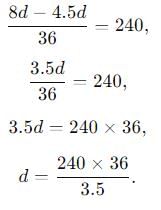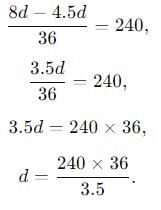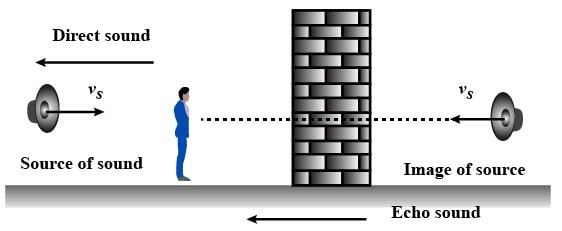Test: Waves - NEET MCQ
9 Questions MCQ Test Physics Class 11 - Test: Waves
The path difference between two wavefronts emitted by coherent sources of wavelength 5460 Å is 2.1 micron . The phase difference between the wavefronts at that point is _
| 1 Crore+ students have signed up on EduRev. Have you? Download the App |
The path difference between two waves
y1= A1 sin wt and y2= A2 cos (wt + f) will be
y1= A1 sin wt and y2= A2 cos (wt + f) will be
The resultant amplitude in interference with two coherent source depends upon _
A source (S) of sound has frequency 240 Hz. When the observer (O) and the source move towards each other at a speed v with respect to the ground (as shown in Case 1 in the figure), the observer measures the frequency of the sound to be 288 Hz. However, when the observer and the source move away from each other at the same speed v with respect to the ground (as shown in Case 2 in the figure), the observer measures the frequency of sound to be n Hz. The value of n is _______.

An earthquake generates both transverse (S) and longitudinal (P) sound waves in the earth. The speed of S waves is about 4.5 km/s and that of P waves is about 8.0 km/s. A seismograph records P and S waves from an earthquake. The first P wave arrives 4.0 min before the first S wave. The epicenter of the earthquake is located at a distance about:
An earthquake generates both transverse (S) and longitudinal (P) sound waves in the earth. The speed of S waves is about 4.5 km/s and that of P waves is about 8.0 km/s. A seismograph records P and S waves from an earthquake. The first P wave arrives 4.0 min before the first S wave. The epicenter of the earthquake is located at a distance about:
A source of the sound of frequency 256 Hz is moving rapidly towards a wall with a velocity of 5 m/s. The speed of sound is 330 m/s. If the observer is between the wall and the source, then beats per second heard will be.
|
97 videos|378 docs|103 tests
|































